In the realm of fluid handling systems, two indispensable components stand out for their reliability and versatility: chemical-resistant centrifugal pumps and self-priming livewell pumps. These technologies represent the pinnacle of engineering innovation, offering solutions to a myriad of industrial and domestic challenges.
chemical-resistant centrifugal pumps: Defying Corrosion
Chemical processes often demand equipment capable of withstanding harsh environments. Here, chemical-resistant centrifugal pumps emerge as champions. Designed to handle corrosive fluids with ease, these pumps feature robust construction materials such as stainless steel, polypropylene, or even exotic alloys like Hastelloy or titanium.
The magic lies in their ability to resist degradation when exposed to aggressive chemicals, acids, and alkalis. Whether it's transferring corrosive solvents in the chemical industry or handling acidic wastewater in metal finishing plants, these pumps ensure seamless operations without compromising safety or performance.
Their centrifugal design offers another advantage: efficiency. By utilizing kinetic energy to move fluids, they less energy consumption while maximizing flow rates. This makes them not only environmentally friendly but also cost-effective over the long term.
Moreover, modern advancements have further enhanced their capabilities. Features like sealless designs, magnetic couplings, and variable frequency drives have mitigated common maintenance issues, prolonging pump lifespan and reducing downtime.
Self-Priming Livewell Pumps: Ensuring Aquatic Life Support
In the realm of marine applications, maintaining a healthy aquatic environment is paramount. Enter self-priming livewell pumps, the unsung heroes of recreational and commercial fishing vessels.
These pumps excel in their ability to quickly and efficiently prime themselves, eliminating the need for manual intervention. Whether it's replenishing oxygenated water in bait tanks or circulating water to keep catch fresh, these pumps ensure the well-being of aquatic life during transport.
Their design incorporates innovative features such as air evacuation systems and dual port configurations, enabling rapid self-priming even under challenging conditions. Furthermore, they boast durable construction to withstand the rigors of marine environments, including exposure to saltwater and harsh weather.
Beyond fishing, self-priming livewell pumps find application in various aquatic systems, including aquariums, aquaculture facilities, and water parks. Their versatility and reliability make them indispensable tools for maintaining ideal water quality and supporting aquatic ecosystems.
Conclusion: Engineering Ingenuity in Fluid Handling
In conclusion, chemical-resistant centrifugal pumps and self-priming livewell pumps represent the epitome of engineering ingenuity in fluid handling technology. Their ability to withstand corrosive environments, ensure efficient fluid transfer, and support aquatic life underscores their importance across diverse industries and applications.
As we continue to push the boundaries of innovation, these pumps will remain steadfast allies, facilitating processes, preserving resources, and enriching lives around the globe.
Continued:
Furthermore, ongoing research and development efforts promise to elevate these technologies to even greater heights. Engineers are exploring novel materials, advanced manufacturing techniques, and smart sensor integration to enhance pump performance, reliability, and efficiency.
In the realm of chemical-resistant centrifugal pumps, the focus is on improving material properties to withstand increasingly aggressive chemicals and higher operating temperatures. Nanotechnology offers exciting possibilities for creating ultra-resistant coatings, while additive manufacturing enables intricate geometries that optimize fluid dynamics.
Similarly, self-priming live pumps are evolving to meet the demands of modern marine environments. Integration with IoT (Internet of Things) technology allows for remote monitoring and predictive maintenance, less downtime, and maximizing uptime. Enhanced energy efficiency and quieter operation are also key areas of innovation.
As industries adapt to evolving regulatory standards and sustainability goals, these pumps will play a crucial role in achieving environmental stewardship. By reducing chemical emissions, conserving water resources, and less energy consumption, they contribute to a greener, more sustainable future.

 English
English русский
русский Español
Español
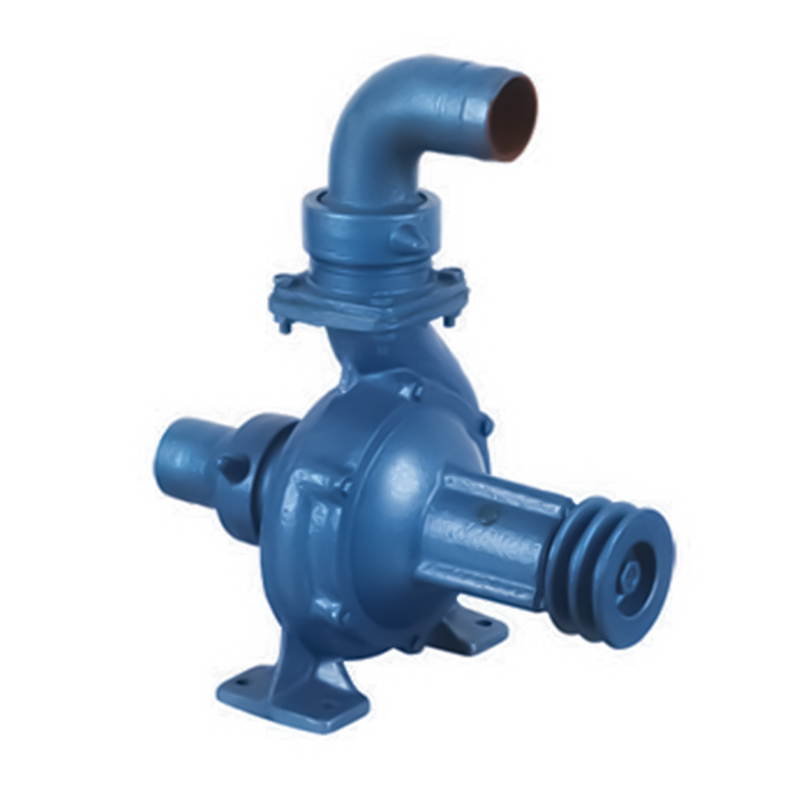
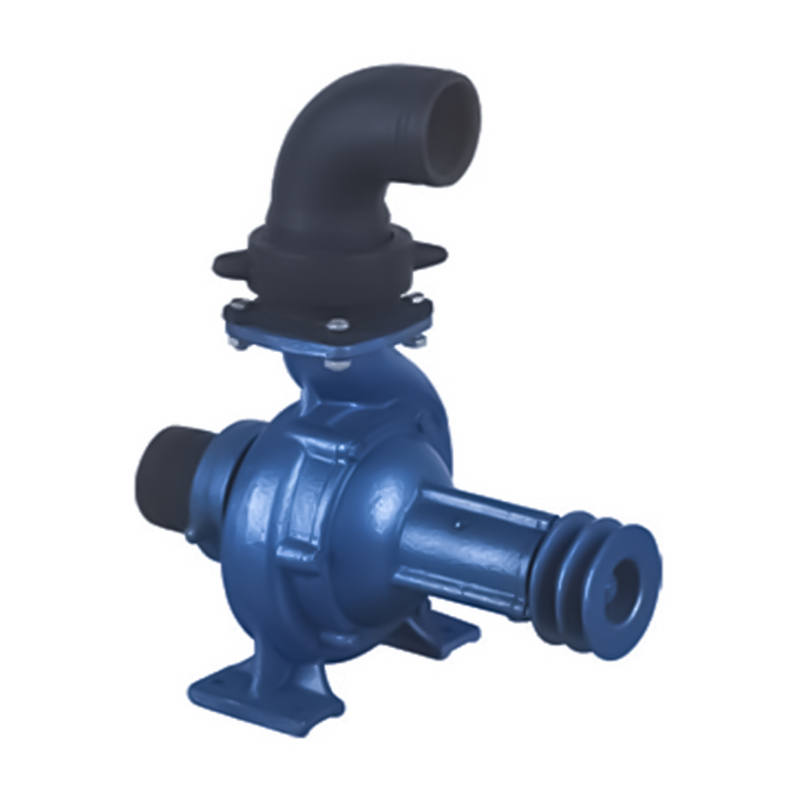

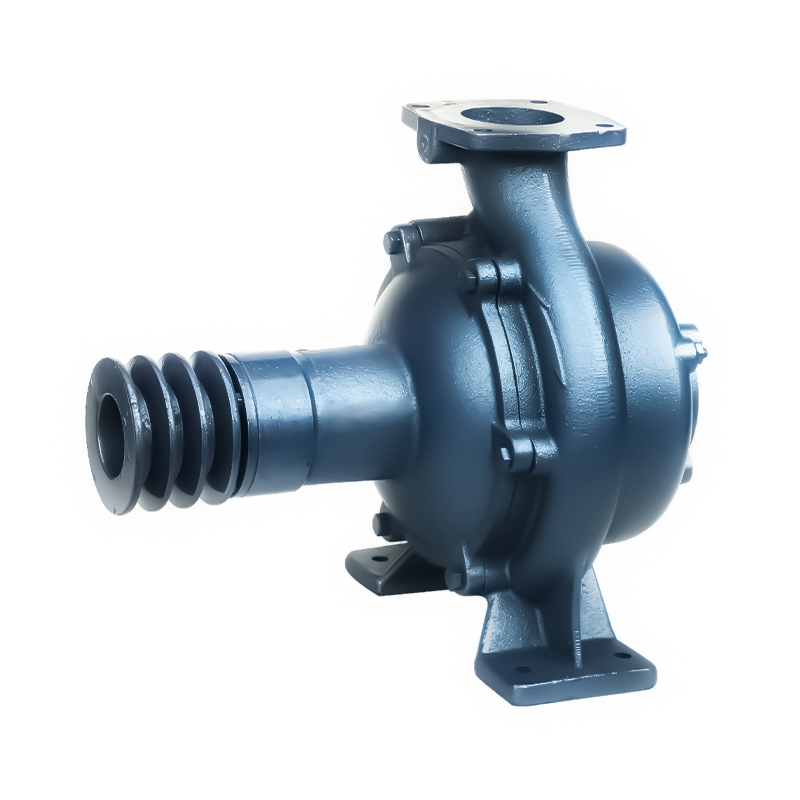
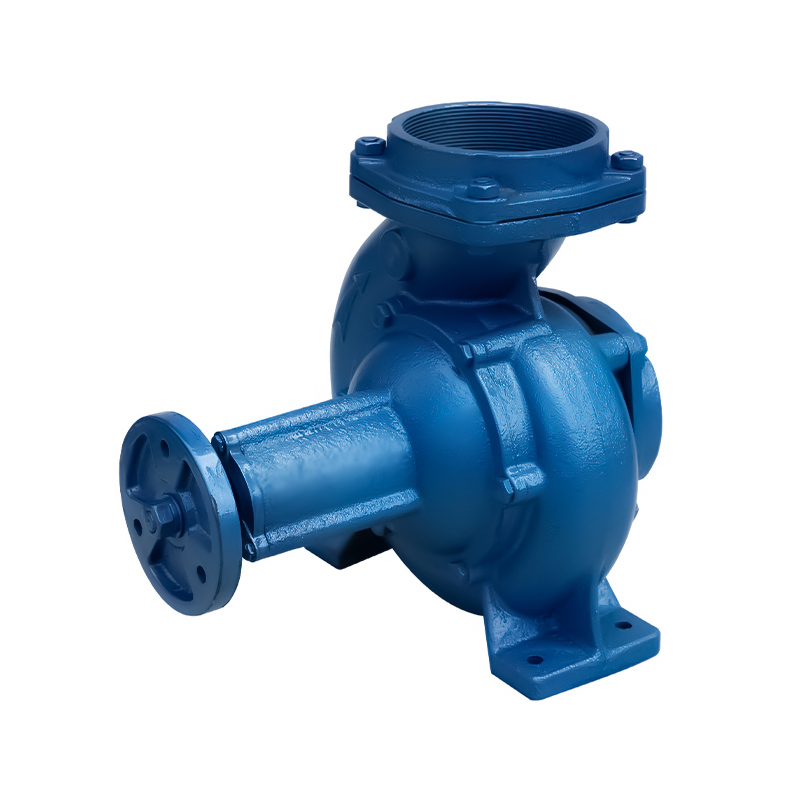
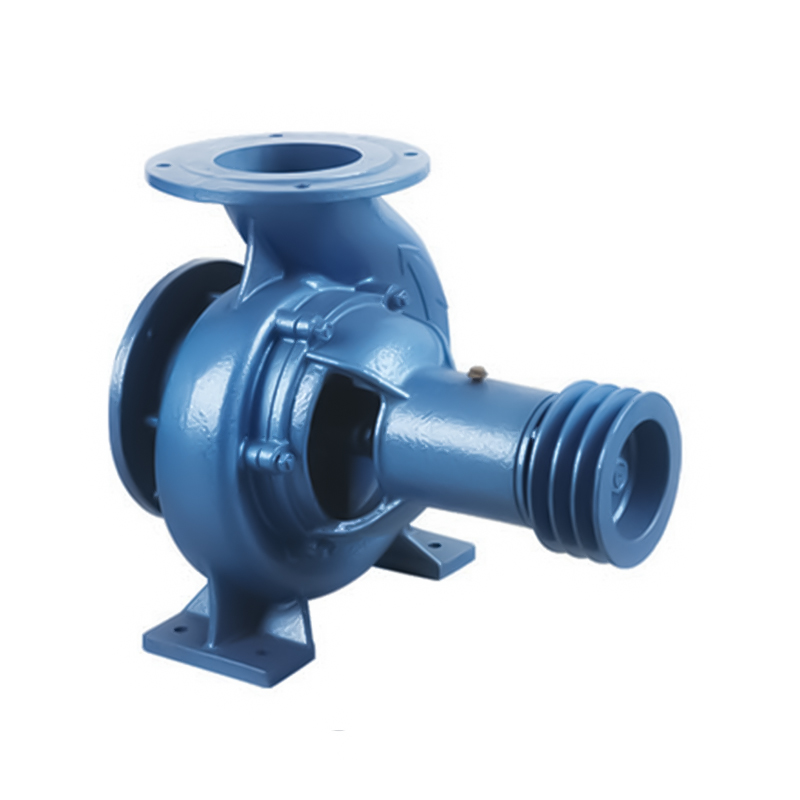
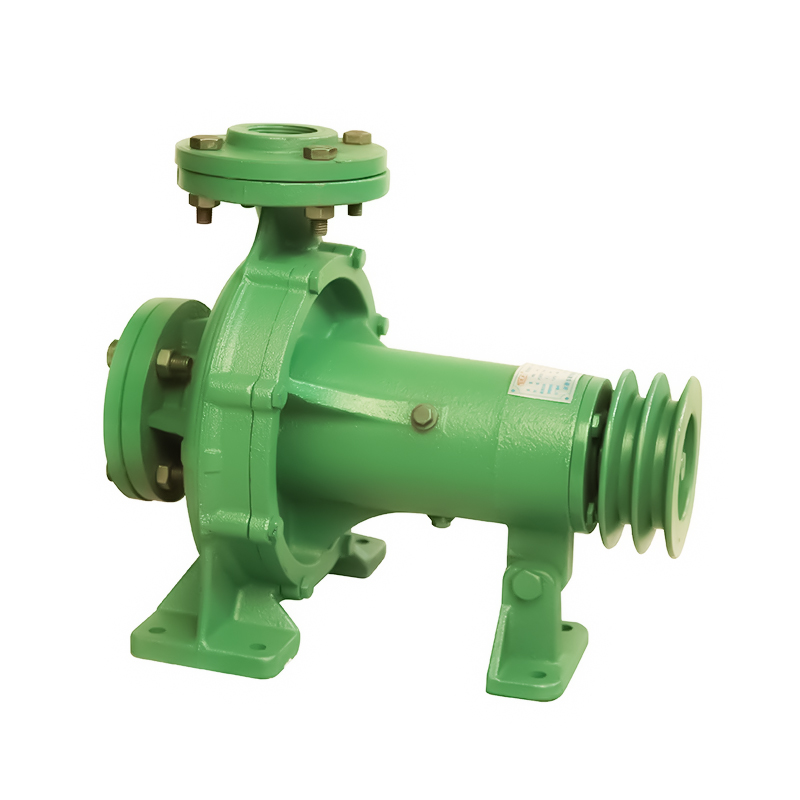

 Email:
Email:
 Phone:+86-13605899207
Phone:+86-13605899207

